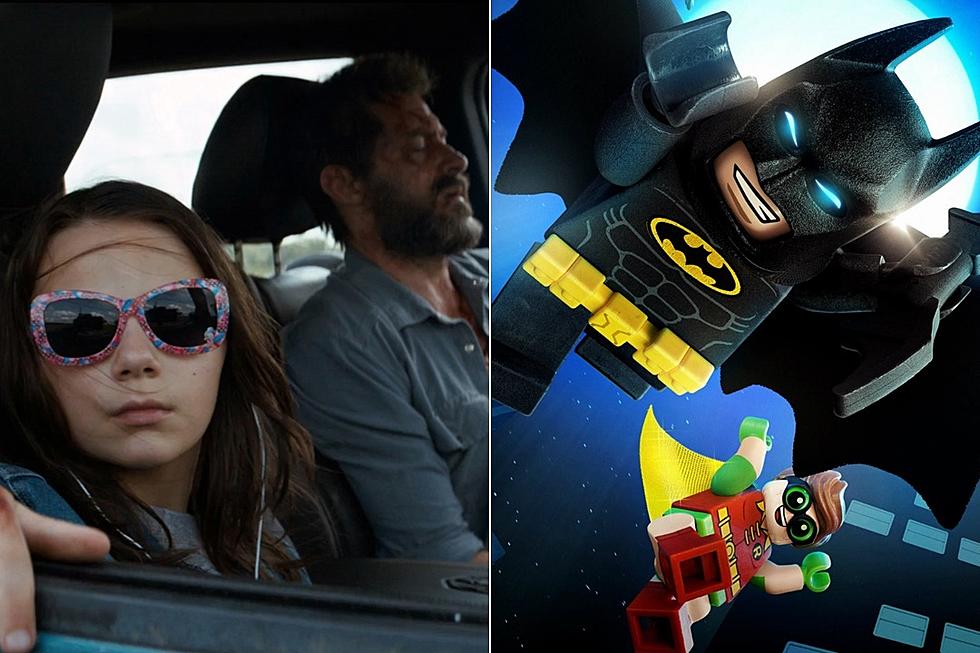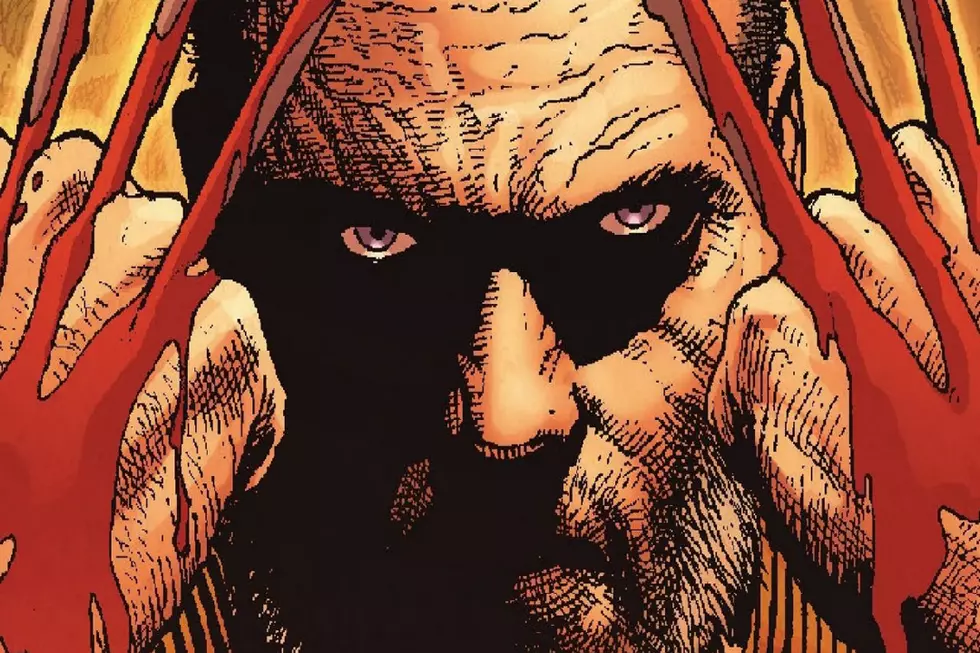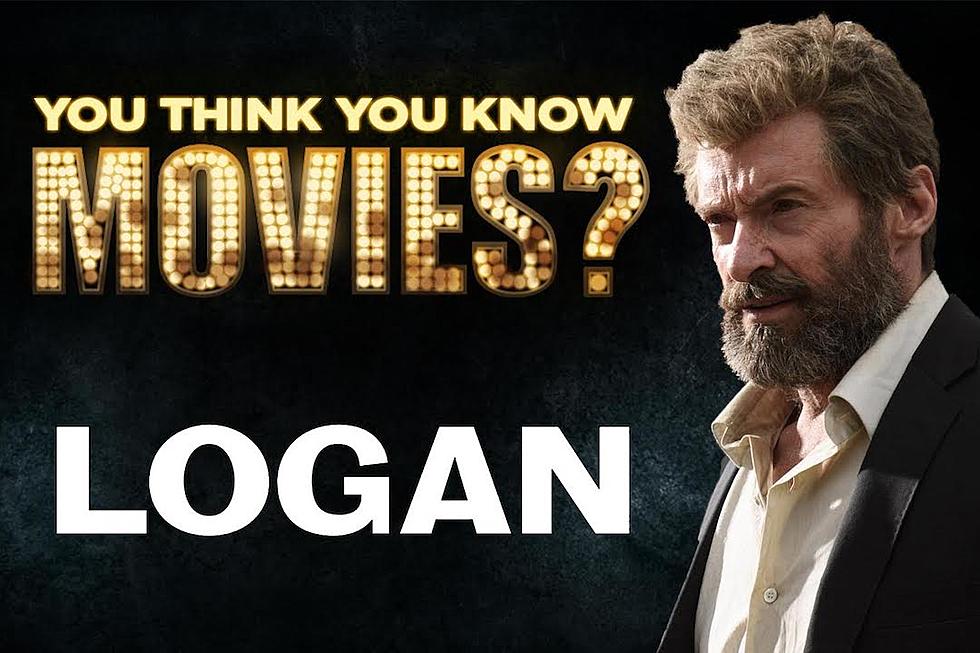
All-New All-Different Before It Was Cool: A Celebration of ‘Giant-Size X-Men’ #1
On this day in 1975, comics were changed forever. The book that changed everything? Giant-Size X-Men #1 by Len Wein and Dave Cockrum. The reason this book is so important? It's the first appearance of the X-Men.
"But wait," you're saying, "the X-Men debuted in 1963's X-Men #1 by Stan Lee and Jack Kirby!" That is also true, but here's the thing about those X-Men: Nobody liked them very much, and there was nothing particularly special about them. Cyclops, Marvel Girl, Angel, Iceman, and Beast were students a prep school for mutants who fought goofy supervillains in between training sessions. They were a second-string Lee/Kirby creation at best.
In Giant Size X-Men #1, that team dies, and though the death is a fake-out, that incarnation of the X-Men comes to a definitive end, and the issue marks the first appearance of the X-Men as they would come to be known and loved. The new X-Men weren't students with special powers; they were a team of superheroes. (The boarding school concept was even dropped for a few years, though Charles Xavier kept calling the X-Men his students.)
In terms of literal first appearances, Giant Size X-Men #1 was the debut of Storm, Colossus, Nightcrawler, and Thunderbird. Thunderbird was killed off a couple of issues later, but the other three have gone on to become central to the X-Men brand.
And of course nobody's more central to the X-Men than Wolverine. He had previously appeared in an Incredible Hulk story, but this was the first time he was presented as a superheroic protagonist, and as an X-Man, rather than just a Canadian agent for the Hulk to fight.
It's clear from the moment he quits his job that Wolverine is a character to watch. Largely thanks to his influence, the short-tempered violent hero who takes no guff from anyone would eventually become a cliché, but in 1975 it was still relatively fresh. (Interestingly, the team introduced in this issue has two angry loose cannons, which may be why Thunderbird was written out so quickly, leaving Wolverine to develop into one of the most complex and popular superheroes of all time.)
The new heroes also have their personalities somewhat defined in this issue, but they're a lot more broadly cartoony than they would quickly become. Storm is portrayed as a primitive, topless in a loincloth, when Xavier recruits her, in a scene that feels fairly racist. Colossus is a well-meaning farmboy who has taken his nation's Communism to heart --- he asks Xavier if his powers belong to the state. Nightcrawler is defined solely by his demonic appearance and the alienation it causes him. He's also from a Germany where mobs of peasants with torches and pitchforks are apparently a going concern in 1975.
Storm and Nightcrawler were based on unused designs from Dave Cockrum's run on Legion of Super-Heroes, so there's surely an alternate Earth where they live in DC's 30th Century, but it's impossible to imagine that they would have found as much success there.
There's a lot that feels stiff in Giant-Size X-Men #1, especially compared to the grand high melodrama that Chris Claremont would soon create when he took over the main book and these characters. But this was what the X-Men needed to get a new start, and in less than a decade they would have the most popular comic book of the era. Even the villain from this issue, Krakoa the Living Island, would eventually come back and join the team (kind of) in Jason Aaron, Chris Bachalo and Nick Bradshaw's Wolverine and the X-Men.
In the '80s, the X-Men changed comics. And in the '70s, Giant-Sized X-Men #1 changed the X-Men. On any list of the most influential single issues in comics history this would have to go near the top. It even introduced the phrase "All-New All-Different" to Marvel's lexicon, and you know that Marvel hasn't let go of that. .
More From ComicsAlliance









